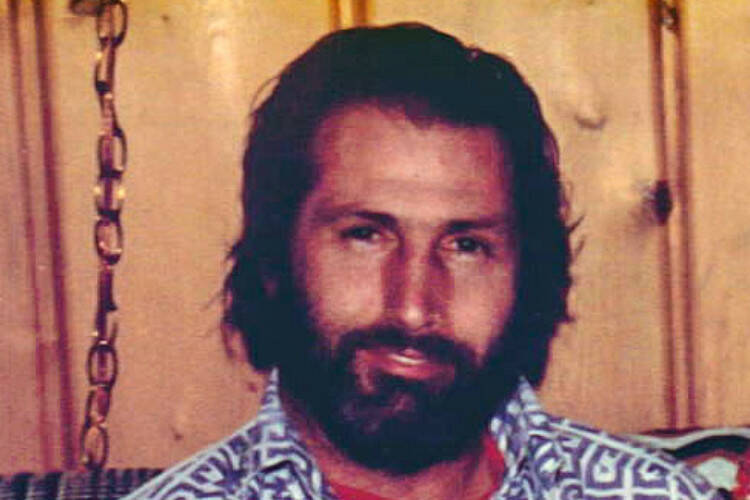A body found in 1989 on an island off the coast of Anchorage has been identified, shedding new light on the 32-year-old cold case, according to the state public safety department.
The body found on Fire Island in July 1989, has been identified as Michael Allison Beavers, the Alaska Department of Public Safety announced.
Beavers was last seen in November 1979 at 40 years old, according to the department, when he left his home in Chugiak in an automobile to drive to Seattle. He never arrived in Seattle, and his spouse reported him missing to the Anchorage Police Department in January 1980.
On July 24, 1989, human remains in an advanced state of decomposition were found on the northwest shore of Fire Island, according to the department. Troopers collected the remains; a subsequent autopsy revealed that the body belonged to a Caucasian man between 35 and 50 years old, who was likely the victim of homicide. According to the autopsy, the body had been lying on the beach for at least a year, according to the department. Efforts to identify the body were unsuccessful and eventually, the remains were interred at the Anchorage Municipal Cemetery.
The investigation into Beavers’ disappearance, then unlinked to the body found on Fire Island, was closed in 1982, according to the department. In 1992, Beavers was declared deceased.
DNA collected from the remains was sent first to the FBI Laboratory in Virginia in 2003, where no identification was made. In 2021, the Alaska Bureau of Investigation Cold Case Investigation Unit reopened the case, sending bone samples to a private DNA lab in Texas. The samples were linked to other persons in a larger database, some of whom were from Alaska, according to the public safety department.After locating a close relative of Beavers, a positive identification was made, DeSpain said.
The investigation remains open, as the disappearance and murder are still both unexplained, according to the department Anyone with information regarding the case is asked to call the Cold Case Investigation Unit at (907)375-7728.
• Contact reporter Michael S. Lockett at (757) 621-1197 or mlockett@juneauempire.com.

